A description of this states
“they browght kynge Richard thethar that nyght, as naked as evar he was borne, and in the New Warke was he layd, that many a man might see”.
Historians tell us that this was not an act of vindictiveness by Henry Tudor, it was an attempt to quash all rumours that the crowned monarch could still be alive somewhere and might return to claim his throne.
The Church of the Annunciation contained the tombs of some of Tudor´s ancestors, therefore it would be inappropriate the Richards body lay there too. On Henry orders Richard's body was removed by the Franciscan friars of Leicester and given a simple Christian burial in the choir of their church where he lay until September 2012.
King Richard III's story, within the context of Leicester, came to an end in March of 2015 when he was finally be laid to rest in the city's Cathedral.
In my images from a trip to Leicester we can see the spot where Sir Reynold Bray is thought to have found Richard's crown, Newark Gate, under which Richard III body was brought from Bosworth and the Church of the Annunciation (images five and six) would have been on the left of image five.
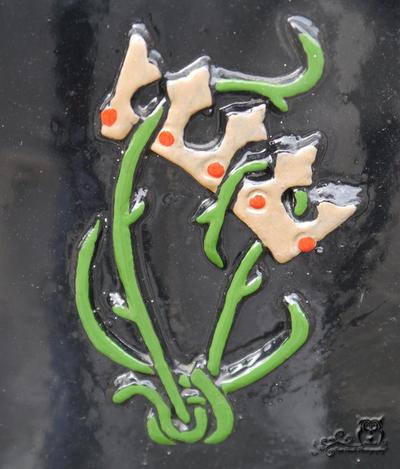
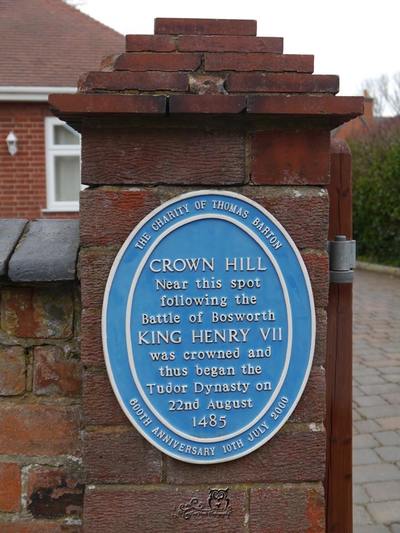
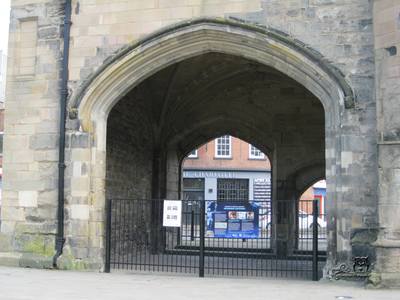
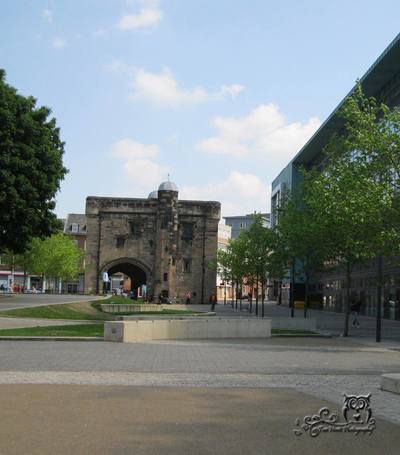
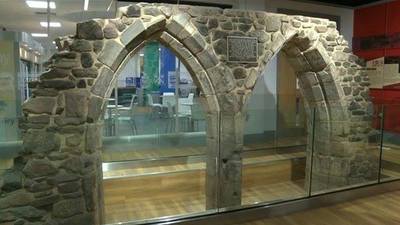
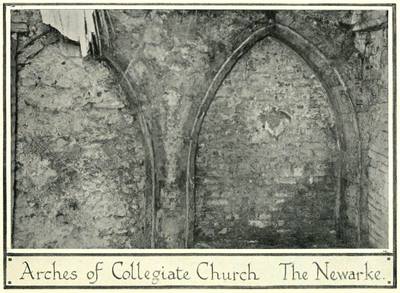
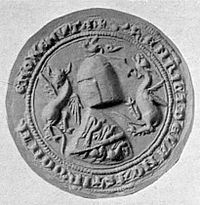
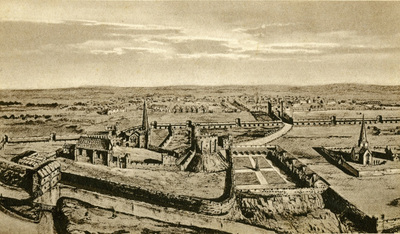
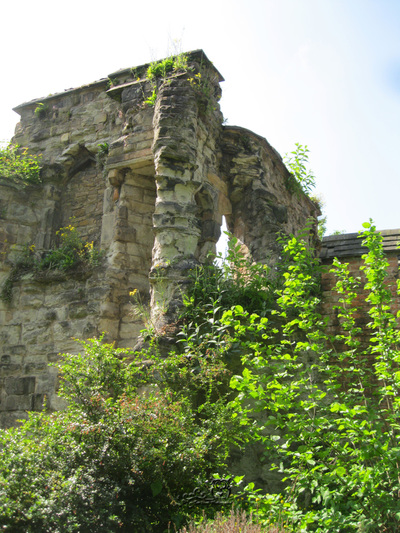
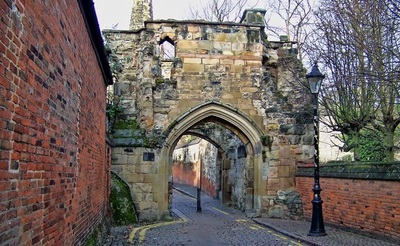
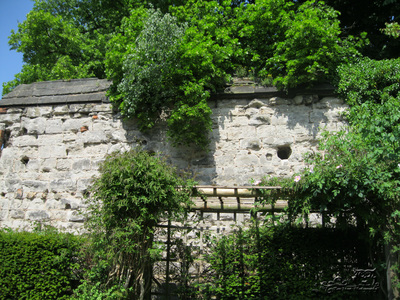
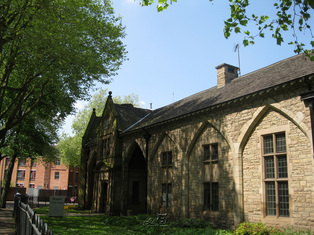
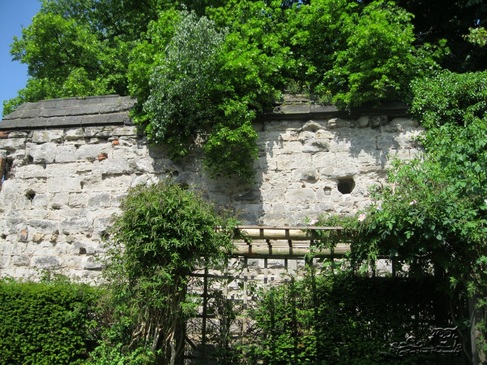
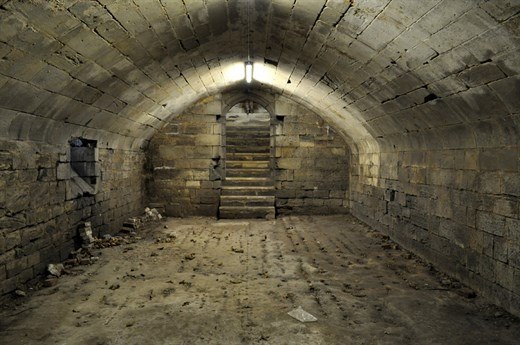
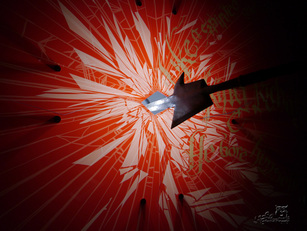
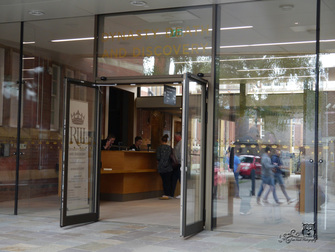
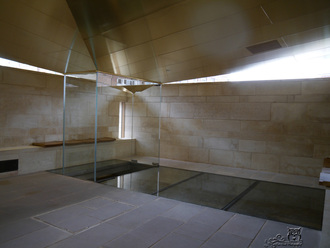
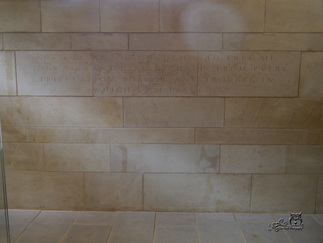
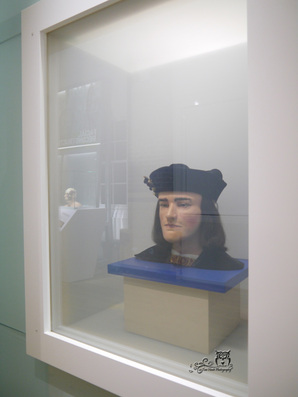
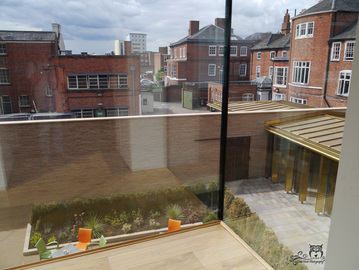
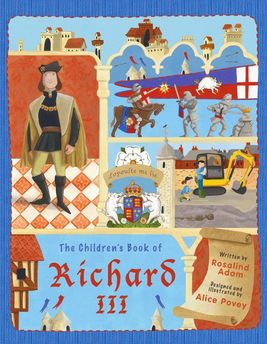
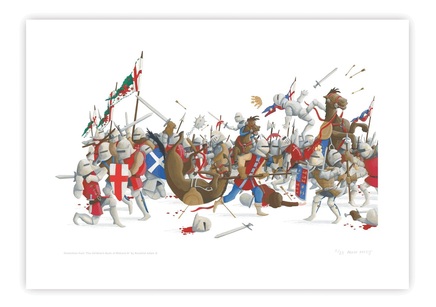
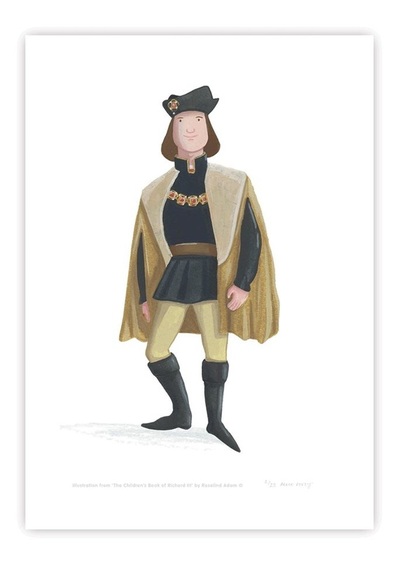
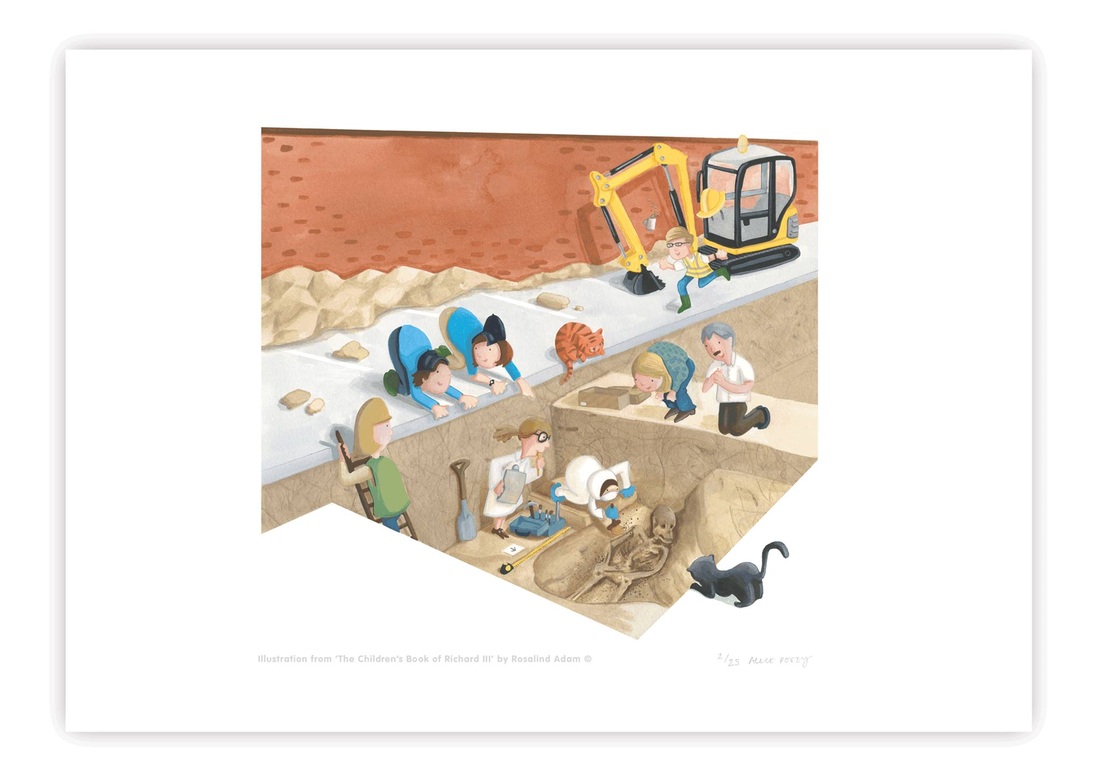
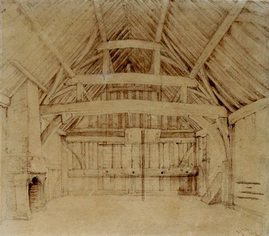
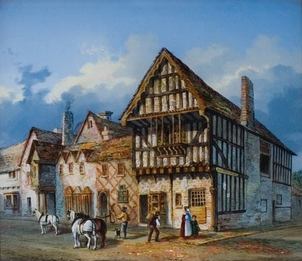
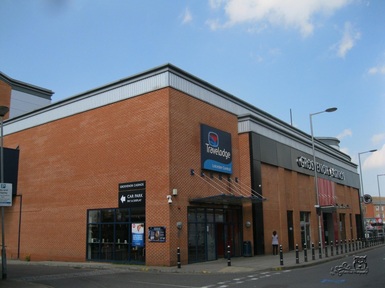
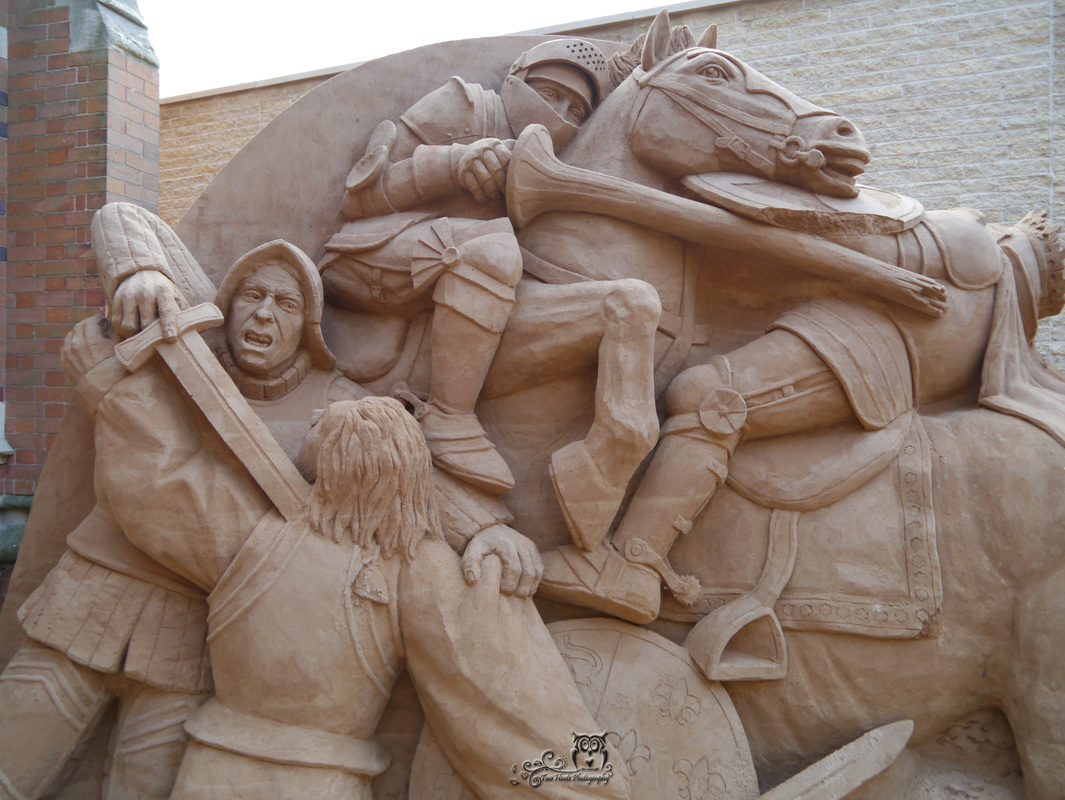
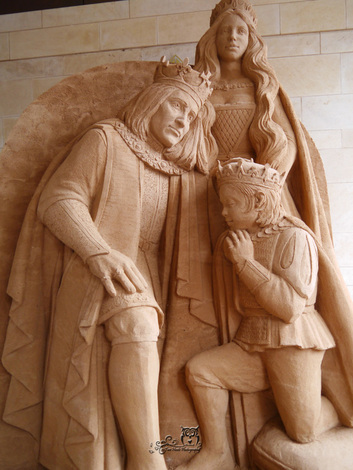
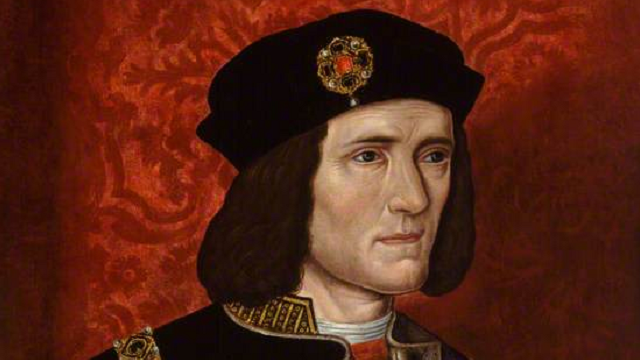
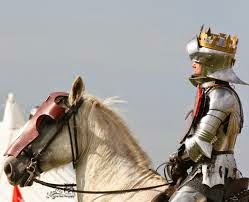
 RSS Feed
RSS Feed
